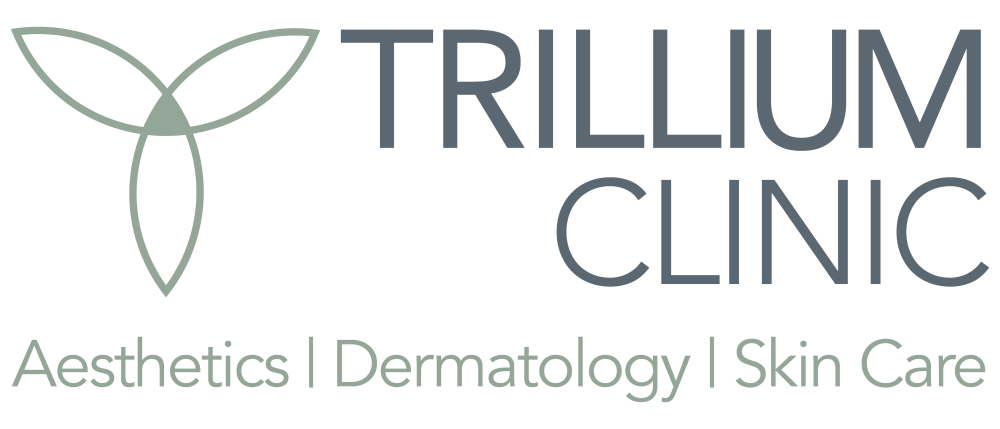Prurigo Nodularis is not a common skin condition. Yet, patients with itching struggle to find effective treatments because they cannot find a dermatology appointment. We understand the frustration of prurigo nodularis. At Trillium Clinic Dermatology in Chapel Hill, our solutions are designed to help Chapel Hill dermatology patients find a good itching treatment. Dr. Weiss is considered in expert in the treatment of prurigo nodularis and lectures widely on the topic. With all of the available advanced dermatology treatments for itching, the Chapel Hill dermatologists at Trillium Clinic Dermatology will help you get your itching under control. Start an advanced prurigo nodularis treatment today!
What is Prurigo nodularis

Prurigo nodularis typically presents as firm, raised bumps or nodules on the skin. The nodules can vary in size and color, ranging from red to brown. They are often intensely itchy, leading to frequent scratching, which can further aggravate the condition. The itching and scratching can create a cycle of worsening symptoms and the development of more nodules.
What Causes Prurigo nodularis
The exact cause of prurigo nodularis is not fully understood. However, it is often associated with chronic itching and scratching due to various underlying conditions or triggers. These may include:
Skin disorders: Prurigo nodularis can be secondary to other skin conditions, such as eczema/atopic dermatitis or chronic contact dermatitis.
Systemic diseases: Certain systemic diseases, such as liver or kidney diseases, HIV/AIDS, or thyroid disorders, may contribute to the development of prurigo nodularis.
Psychological factors: Stress, anxiety, or other psychological factors can exacerbate itching and contribute to the formation of nodules.
Insect bites: In some cases, prurigo nodularis can develop as a result of persistent scratching in response to insect bites.
How is Prurigo nodularis treated
Managing prurigo nodularis focuses on relieving itching, reducing the number of nodules, and preventing further complications. Treatment options may include:
Avoiding triggers: Identifying and avoiding triggers that worsen itching or scratching, such as certain fabrics, irritants, or stressors, may help prevent flare-ups.
Psychological support: For individuals experiencing psychological factors contributing to prurigo nodularis, seeking support from a mental health professional can be beneficial in managing stress, anxiety, or related issues.
Topical corticosteroids: These medications can help reduce inflammation and itching when applied directly to the affected skin.
Topical calcineurin inhibitors: These medications, such as tacrolimus or pimecrolimus, can be used to reduce inflammation and itching in sensitive areas or areas where corticosteroids may be less suitable.
Antihistamines: Oral antihistamines can help alleviate itching and improve sleep quality by reducing the sensation of itchiness.
Moisturizers: Regularly applying moisturizers can help soothe the skin and reduce dryness, which can contribute to itching.
Systemic Medications: IL-4/13 and IL-31 inhibitors are targeted medications that can be used in the treatment of prurigo nodularis. These inhibitors work by blocking specific inflammatory molecules involved in the itching process.
What are some of the newer treatments for prurigo nodularis

IL-4/13 and IL-31 inhibitors are typically administered through subcutaneous injections. They are considered when other treatment options have been ineffective or insufficient in controlling the symptoms of prurigo nodularis. It’s important to note that IL-4/13 and IL-31 inhibitors are relatively new treatments for prurigo nodularis, and their use may vary depending on individual factors and your healthcare provider’s discretion. At the Trillium Clinic, we are very familiar with these treatments and use them without hesitation when appropriate. Research and clinical studies are always being conducted to determine their long-term safety and efficacy. As with any medication, IL-4/13 and IL-31 inhibitors may have potential side effects and should only be used under the supervision and guidance of a healthcare professional. In brief:
IL-4/13 inhibitors: IL-4 (interleukin-4) and IL-13 (interleukin-13) are cytokines, which are small proteins involved in the body’s immune response. IL-4/13 inhibitors, such as dupilumab, are biologic medications that specifically target and block the action of IL-4 and IL-13. In prurigo nodularis, these cytokines contribute to the itching sensation and the persistence of the condition. Stopping these cytokines with medications helps to reduce the itching and inflammation associated with prurigo nodularis.
IL-31 inhibitors: IL-31 is another cytokine that plays a significant role in itch signaling. It is produced by certain immune cells and acts on specific receptors in the skin, causing itching and inflammation. IL-31 inhibitors, such as nemolizumab, target IL-31 or its receptors, thereby blocking the itch signaling pathway and providing relief from pruritus (itching) in prurigo nodularis.
Embark on your journey to radiant skin
Prurigo Nodularis is a chronic condition, often very severe, with periods of flare-ups and remission. Regular follow-up appointments are needed. Chapel Hill dermatology patients, who suffer from itching and prurigo nodularis, can schedule an appointment with us here. A member of our elite dermatology team, including Dr. Weiss, a nationally recognized expert in itching and prurigo nodularis, will conduct a total evaluation of your skin. Our advanced dermatology specialists will explore the various treatment options so that we give you the best treatment for your itching. Patients with prurigo nodularis, looking for a dermatologist near Hillsborough, Carrboro, Raleigh, Sanford, Mebane, Durham, Burlington, Cary, and Alamance, can call our center for dermatology in Chapel Hill today to learn more.
